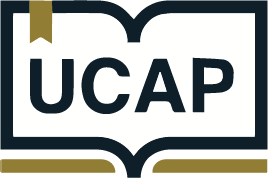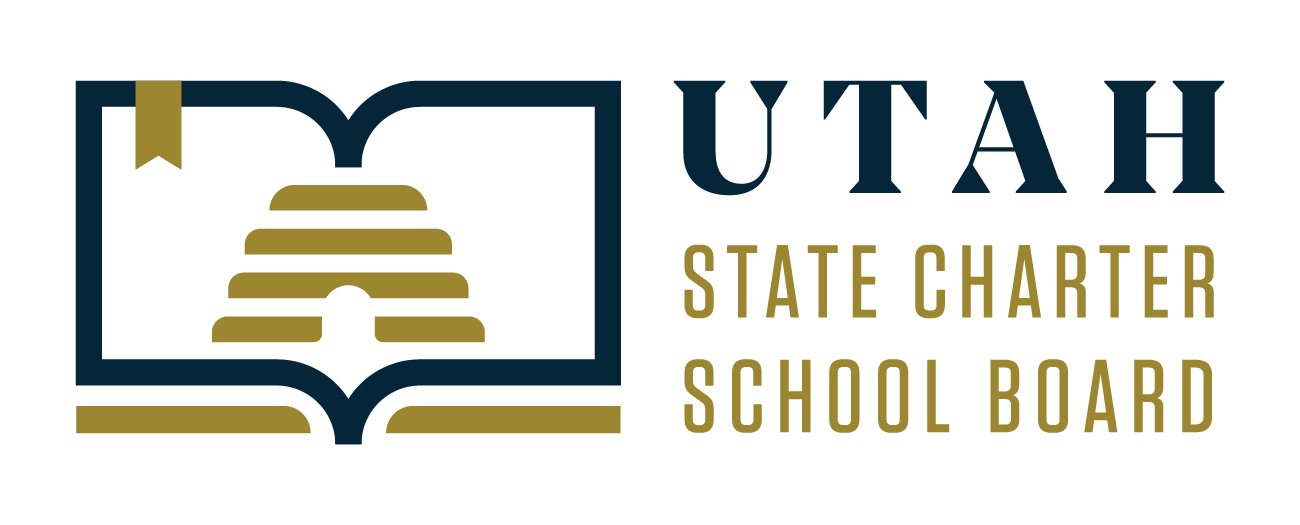Utah Charter Access Point
is a web application used to assist in oversight of Utah charters authorized by the Utah State Charter School Board.The Utah State Charter School Board (SCSB) ensures that charter schools meet the state's standards for academic achievement, fiscal responsibility, and legal compliance. The SCSB also gives technical assistance and conducts regular evaluations.
How UCAP assists the SCSB:
- Provides a directory of Utah Charters.
- Locates documents for SCSB Board Meetings.
- Allows LEAs to apply for SCSB Grants.
- Shares charter best practices and success stories.
- Provides information on charter operations.
- Communicates with UCAP users.
- Houses the Charter School Accountability Framework.
- Supplies oversight tools.
- Allows the public to submit issues with a charter.
- Holds important documents.
- Gives informative reports and dashboards.
- Announces SCSB public notices and charter news.
- Makes mentoring and training accessible for charter leadership.
- Finds schools within a specified location.
- Manages charter data.

Utah Charter Access Point
Who uses UCAP?
UCAP is intended for Utah charter leadership. It is used by the SCSB and staff, USBE staff, board members and directors of charters authorized by the SCSB, some charter staff/business managers and parents.
How do I get access into UCAP?
The LEA is responsible in managing who has access to UCAP for their own LEA or school(s). Any individual designated to manage users may do this. SCSB staff recommends limiting user management to only the board chair and director. UCAP is often used to find charter contact information so keeping the most up-to-date information is best.
If you need a UCAP user account and you are associated with an LEA, please contact your board chair or director.


Where does UCAP get its data?
Data comes from mainly 3 sources: CACTUS provides LEA/school information. UTREx provides data for enrollment counts, demographics, retention and transfer rates. UCAP data includes finances, school profiles, oversight and uploaded documents.
UCAP Specifications
The system incorporates the following languages and frameworks:
HTML5 / C# / CSHTML / jQuery 3.X + plugins / Entity Framework 6.X / Bootstrap 5 – using customized Bootstrap / MICROSOFT ASP.NET FRAMEWORK 4.8 / MVC5 / ASP Identity 2.X / Chart.js 3.X / Hangfire / MICROSOFT SQL SERVER / MICROSOFT VISUAL STUDIO
It is the intent that UCAP will work well with the current stable releases of Google Chrome (recommended), Apple Safari, Mozilla Firefox, and Microsoft Edge. Web browsers that are fully compatible with these browsers and older versions of these browsers may also be suitable, but UCAP is not designed, maintained, or tested for browsers that are not listed above. The web browser requires support of Javascript, external links opening in new window or tab, and to accept session-based cookies. By default, the major web browsers are configured to handle these requirements.
HTML5 / C# / CSHTML / jQuery 3.X + plugins / Entity Framework 6.X / Bootstrap 5 – using customized Bootstrap / MICROSOFT ASP.NET FRAMEWORK 4.8 / MVC5 / ASP Identity 2.X / Chart.js 3.X / Hangfire / MICROSOFT SQL SERVER / MICROSOFT VISUAL STUDIO
It is the intent that UCAP will work well with the current stable releases of Google Chrome (recommended), Apple Safari, Mozilla Firefox, and Microsoft Edge. Web browsers that are fully compatible with these browsers and older versions of these browsers may also be suitable, but UCAP is not designed, maintained, or tested for browsers that are not listed above. The web browser requires support of Javascript, external links opening in new window or tab, and to accept session-based cookies. By default, the major web browsers are configured to handle these requirements.
McDonald, Mia. Tree landscape. 2023, solid temperas and sharpies. North Star Academy, Utah.
Cornelius, Josiah. Perspective landscape. 2023, markers and Prismacolor colored pencils. Promontory School of Expeditionary Learning, Utah.
Accessibility Statement for UCAP
Our Commitment: The Utah State Charter School Board is committed to ensuring digital accessibility for people with disabilities. We are continually improving the user experience for everyone and applying the relevant accessibility standards, specifically Section 508 and WCAG 2.1 Level AA.
UCAP Support
For all support and technical questions please contact the following individuals:
No Image
Found
Found
